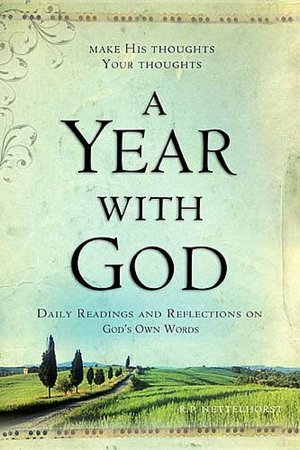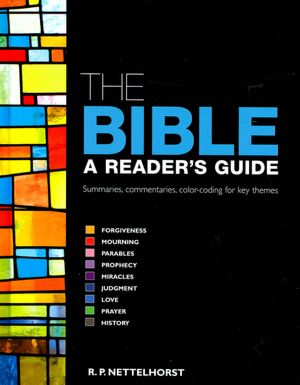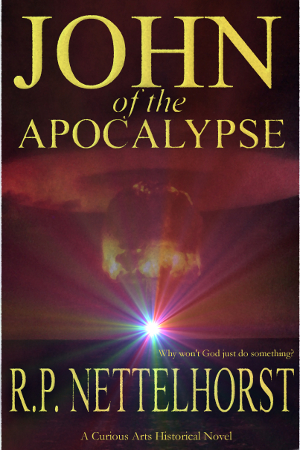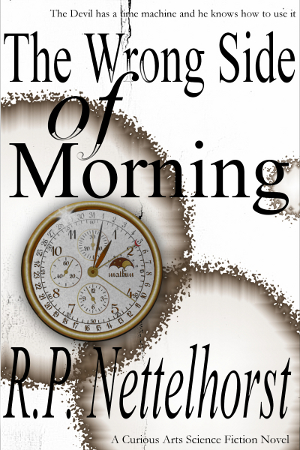The Apocalypse grants hope in the middle of hard times. John’s Apocalypse, usually referred to as the Book of Revelation, is often misunderstood by modern readers who fail to comprehend it’s setting and don’t get the genre. The confusion of many modern readers is akin to the confusion of someone who goes to watch the horror movie, The Night of the Living Dead and then tries to interpret it as a romantic comedy. Revelation is an apocalypse, a form of literature created to encourage those facing persecution, who live in an oppressed, controlled society. It has, over the years, comforted Christians enslaved by Romans, hunted by Nazis, or put in the Gulags by Communists. For the original readers, they understood it as a message of hope, that the Romans who currently controlled the world, who attacked and denigrated the Christian faith, and who fed Christians to lions and worse, would ultimately be overthrown. The oppressor’s whip would be broken, the bars of the prison would shatter, and the kingdom of tyranny would be transformed into the kingdom of God. And of course, that’s what happened. The Roman Empire that had persecuted Christians and killed them, ultimately transformed itself and converted to become Christian itself. From a persecuted minority, the Christian faith became the religion of the greatest Empire the world had ever known. The evil empire had been destroyed, not be force of arms, as many might have imagined—but through the preaching of the Gospel. And it’s destruction was not physical, but spiritual: the enemy of Christians died when it became a friend of Christians instead.
 Send to Kindle
Send to Kindle
 A Year With God
A Year With God A Year With Jesus
A Year With Jesus The Bible's Most Fascinating People
The Bible's Most Fascinating People The Bible: A Reader's Guide
The Bible: A Reader's Guide Antediluvian
Antediluvian Inheritance
Inheritance John of the Apocalypse
John of the Apocalypse Somewhere Obscurely
Somewhere Obscurely The Wrong Side of Morning
The Wrong Side of Morning